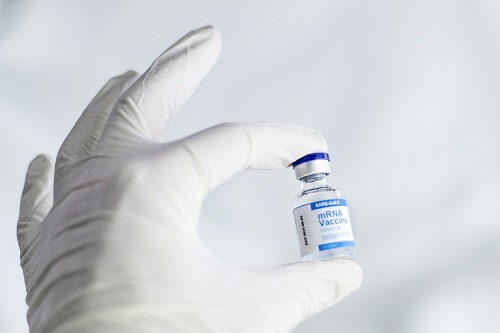COVID-19 Vaccine Rollouts: Lessons Learned for Public Health

When the COVID-19 pandemic first hit North America in March 2020, everyone knew that it was going to be bad. Data coming in from China, Italy, and other countries that had already been hit suggested that the US was going to be completely overwhelmed by the virus in a very short period of time. As it happened, these predictions were uncannily accurate, and the country was immediately plunged into a period of uncertainty that affected all of our lives. Public health departments did heroic work helping to keep people informed, implementing safety protocols, and keeping vulnerable populations safe. When the history of the pandemic is written, these unheralded public servants will be regarded as true heroes because their quick actions literally saved millions of lives.
As soon as scientists grasped the magnitude of the crisis, pharmaceutical companies around the world shifted their focus to developing vaccines to mitigate the risk of the pandemic and help return a sense of safety to a world on edge. Thanks to the efforts of these organizations, no fewer than five different inoculations were developed in less than a year – an unheard of and unprecedented achievement. But inventing and producing these vaccines was only the first step to help the world return to normal. That’s because public health organizations had to develop strategies to deliver the shots, prioritize who would receive early doses, track who had received them, and collect data to help maximize public health and safety. And in most cases, they were flying without a map.
The COVID-19 vaccine rollout presented a whole host of new challenges that made it incredibly difficult for health departments to manage. But, despite the large quantity of unknowns, most public health agencies did a masterful job of adapting to the circumstances and getting vaccines out to the public. In the course of doing their best, they gathered valuable information that will help them make the next rounds of vaccinations – including booster shots and vaccinations of children under 12 years old – even more efficient and streamlined.
One of the major issues with the initial rollout of the vaccines involved registering vaccine providers. Healthcare providers must be registered to properly administer any vaccine – not just those for use against COVID-19. The tight timelines around the COVID-19 vaccine rollout meant that many healthcare providers were unable to register in a timely fashion, leading to a shortage of qualified vaccine providers, especially in lightly populated and rural areas where there aren’t a large number of providers available to begin with.
Fortunately, we have created a way to digitize and automate components of this traditionally manual process, dramatically reducing the time it takes for a provider to go through registration and data submission testing. Since every single vaccine provider needs to go through this process, reducing the time it takes to do so has important implications for the availability and equitable distribution of the vaccine. After all, it doesn’t matter how many doses of the vaccine are available if there isn’t anyone qualified to administer them!
Making it easier to register vaccine providers will play a big role in making sure the next big vaccine rollout goes smoothly. It’s expected that more than 25 million people will become eligible as a result of the pending changes to age and booster requirements, and health departments are already getting ready to meet demand. Not only will vaccines be available through clinics and pharmacies, but many schools will also be offering shots – and all of them will need to successfully register first.
It would be naïve for us to suggest that the COVID-19 pandemic is over. New variants are constantly emerging, and scientists are constantly playing a cat and mouse game with virus mutations to keep the public protected. That’s why we’re proud to be developing procedures and protocols that make it easier than ever before for people to get inoculated and stay safe during the worst pandemic of our lifetimes.
The successful rollout of COVID-19 vaccines has been a monumental step in combating the pandemic, yet it has also highlighted the importance of overcoming information bottlenecks in the pandemic’s critical moments. Efficiently managing and disseminating information has proven to be as crucial as the vaccine distribution itself, ensuring that communities stay informed and can act swiftly. To delve deeper into strategies for addressing these challenges, read our analysis on the innovative approaches to managing information flow during the pandemic.